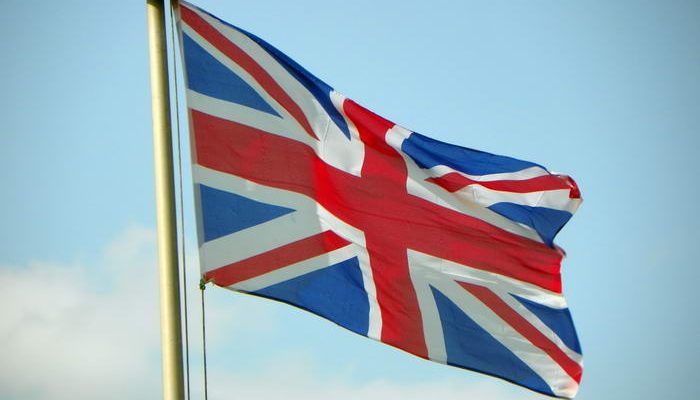Becoming bilingual, or even multilingual, isn’t just about added vocabulary. It’s an exploration, a cognitive workout, and a cultural embrace rolled into one. Those who conquer another tongue often find enhanced memory and sharper multitasking abilities. It’s like a gym session for the brain!
Moreover, each language is a doorway to understanding a culture’s nuances, stories, and traditions. This depth of knowledge can be invaluable in our globalized world, offering both professional leverage and personal enrichment. After all, with businesses reaching international shores, the ability to converse in most common languages can be a significant advantage.
In essence, learning a new language isn’t just about words—it’s about perspectives. It’s a journey that promises to enrich the traveler in myriad ways.
Language is something that we all use every day. We pick it up from our parents and friends as toddlers, so most of the time we’re not even aware of what we’re learning! However, in this world where globalization and increased travel are growing every single day, the need to learn more than one language is more important than ever. Multilingual satisfying careers are amongst the fastest growing sectors in the job market. So if you’re looking to catch the eye of a new employer, consider picking up a new language as one of your skills! Here are the ten most widely spoken languages in the world according to UNESCO. If you can learn one of these then you’ll find it much easier to navigate all corners of the globe!
10 – German
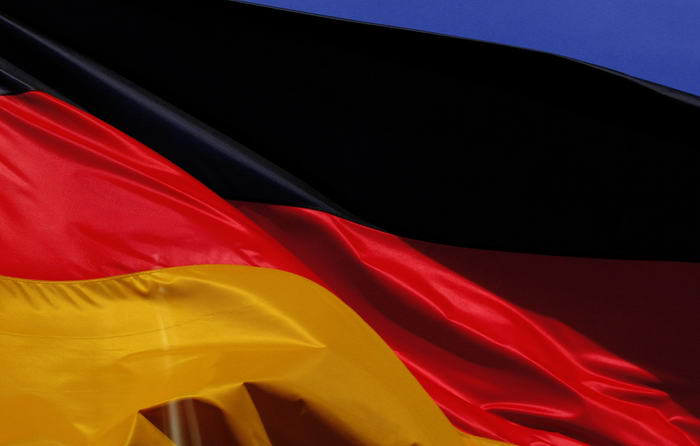
Unsurprisingly, German is most commonly spoken in the European country of Germany. In total, it is an official language in six different countries worldwide, with an estimated 100 million speakers.
09 – Japanese
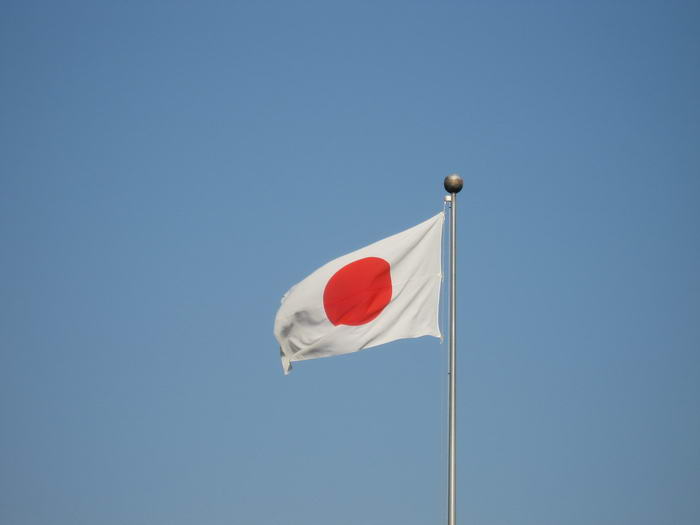
It is estimated that 125 million people speak Japanese, most of whom are located in Japan, where it is the only official language. The written language developed from Chinese many hundreds of years ago, which is why the symbols used in the two languages look so similar to non-native speakers.
08 – Portuguese
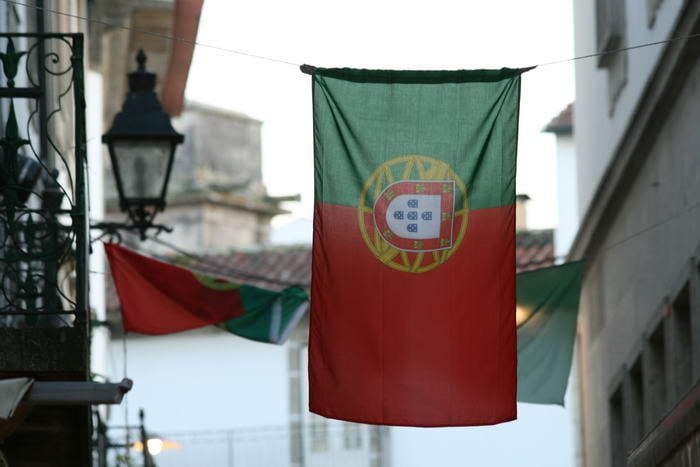
Portuguese is the official language of Portugal and nine other countries, most of which are located in South America. Approximately 220 million people are native Portuguese speakers worldwide, with an estimated 40 million others who can speak it, even though it’s not their native language.
07 – Russian
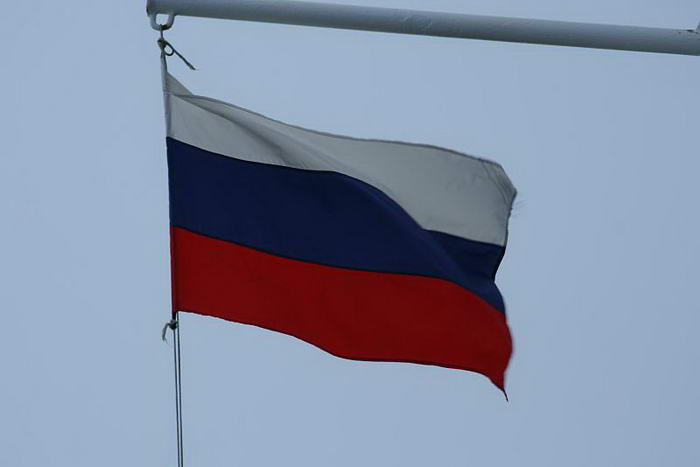
Roughly 260 million people around the world can speak Russian, making it the most widely spoken of all the Slavic languages. It is an official language in four countries including Kyrgyzstan, Belarus, Kazakhstan and, of course, Russia. And it is recognised as being a minor, unofficial language in numerous other states.
06 – Bengali
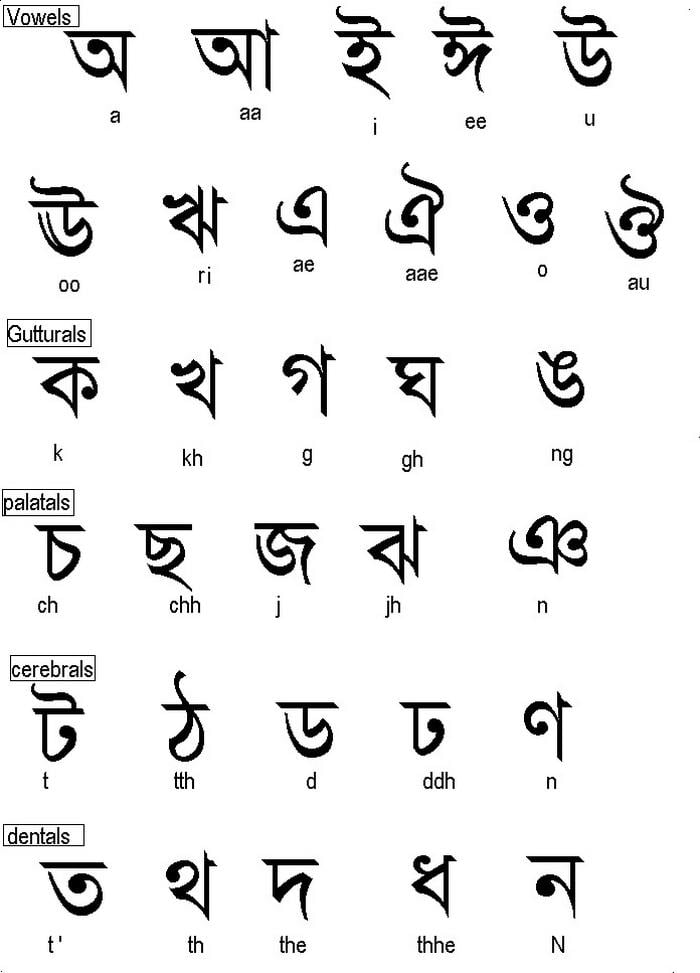
Bengali is the native language of Bangladesh and certain areas of India – together, these make up the region known as Bengal. There are 210 million native Bengali speakers, with another 90 million who can speak it as an extra language.
05 – Arabic
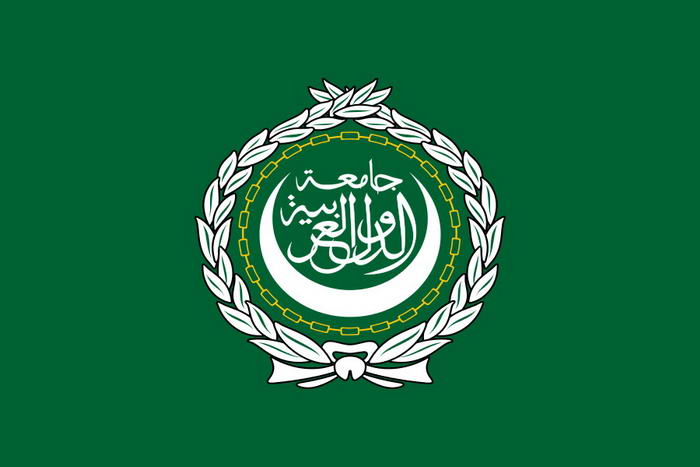
04 – Hindi
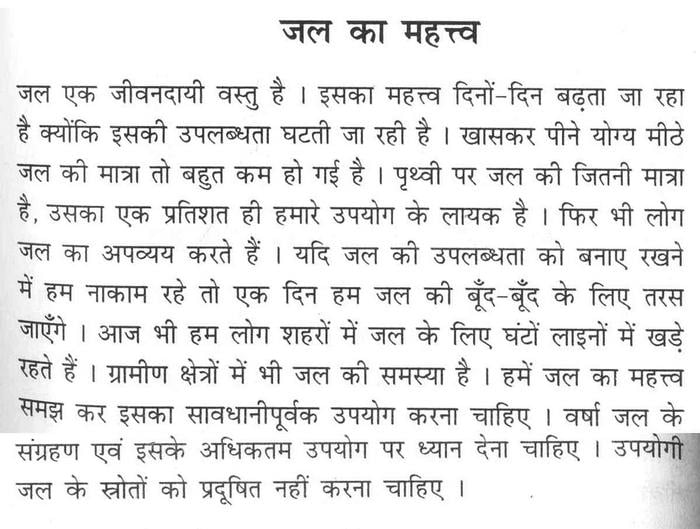
Hindi is an official language of India; around 545 million people speak it around the world. This includes both native speakers and those who have come to learn it as a second (or third, or whatever number it may be!) language.
03 – Spanish
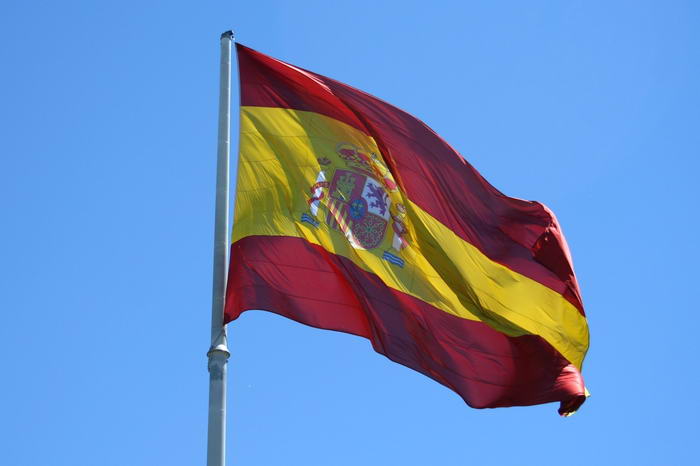
20 different countries count Spanish as an official language, of which Spain is the only one not situated in Central or South America. As such, around 548 million people around the world speak Spanish as a first or second language.
02 – English

English is an official language of an impressive 54 separate countries, which is largely down to the size of the British Empire over previous centuries. Some of the countries which count English as an official language include global leaders such as the United Kingdom, the United States of America, Australia, New Zealand and Canada. As such, it’s estimated that 359 million people speak English as their native language. But as many as a billion people worldwide have learnt it as an extra language. Its spread is so vast that it’s very difficult to say exactly how many people speak English, especially as everyone learns it to a different extent. However, it’s clear that this is definitely one of the most widely spoken languages in the world.
01 – Mandarin Chinese

Mandarin Chinese is just one of many Chinese dialects – this one has around 960 million native speakers. That means the total number of English speakers in the world is pretty much equal to the number of people who count Mandarin Chinese as their first language! This form of Chinese is spoken by well over a billion people worldwide, making it not only the most widely spoken language in the world. But one of the most common languages to learn. In total, around 16% of the entire world’s population speak some form of Chinese – mostly Mandarin.
How long does it take to learn a new language?
Imagine a world where borders blur, and conversations span continents. In this interconnected age, mastering widely spoken languages is more than a hobby—it’s a bridge to new worlds. But here’s a question: Just how long does it take to be fluent in a new dialect?
Determining the time needed to learn a language isn’t black and white. Several variables play pivotal roles. First, the language itself: Some tongues, particularly those similar to one’s native speech, may be quicker to acquire. For instance, an English speaker might find Italian less complex than Mandarin due to structural similarities.
Age can also be a determinant. Younger minds, still pliable and adaptive, can often pick up languages with a speed that might make adults green with envy. But it’s not just about youth; it’s about immersion. Surrounding oneself in an environment where the most spoken language in the world is echoing in every corner can significantly speed up the process.
Finally, with digital leaps, online platforms, and English speaking universities offering specialized language courses, learning has never been more accessible.
Which City Boasts the Broadest Linguistic Diversity?
Journey into the heart of urban landscapes, and you’ll encounter a symphony of tongues, each with its unique melody and rhythm. The question then arises: In which city does this symphony resonate with the most diverse range of languages?
The answer may surprise many. Not an entire sprawling metropolis, but a vibrant borough stands out: Queens, New York City. Here, over 800 languages meld in harmony. As you stroll through Queens, it’s akin to a global linguistic festival. From the energetic beats of Bengali to the melodious flow of Russian, Queens celebrates the vibrant tapestry of the world’s cultures. Indeed, this borough offers a real-time reflection of the widely spoken languages and the power of human connection through speech.


